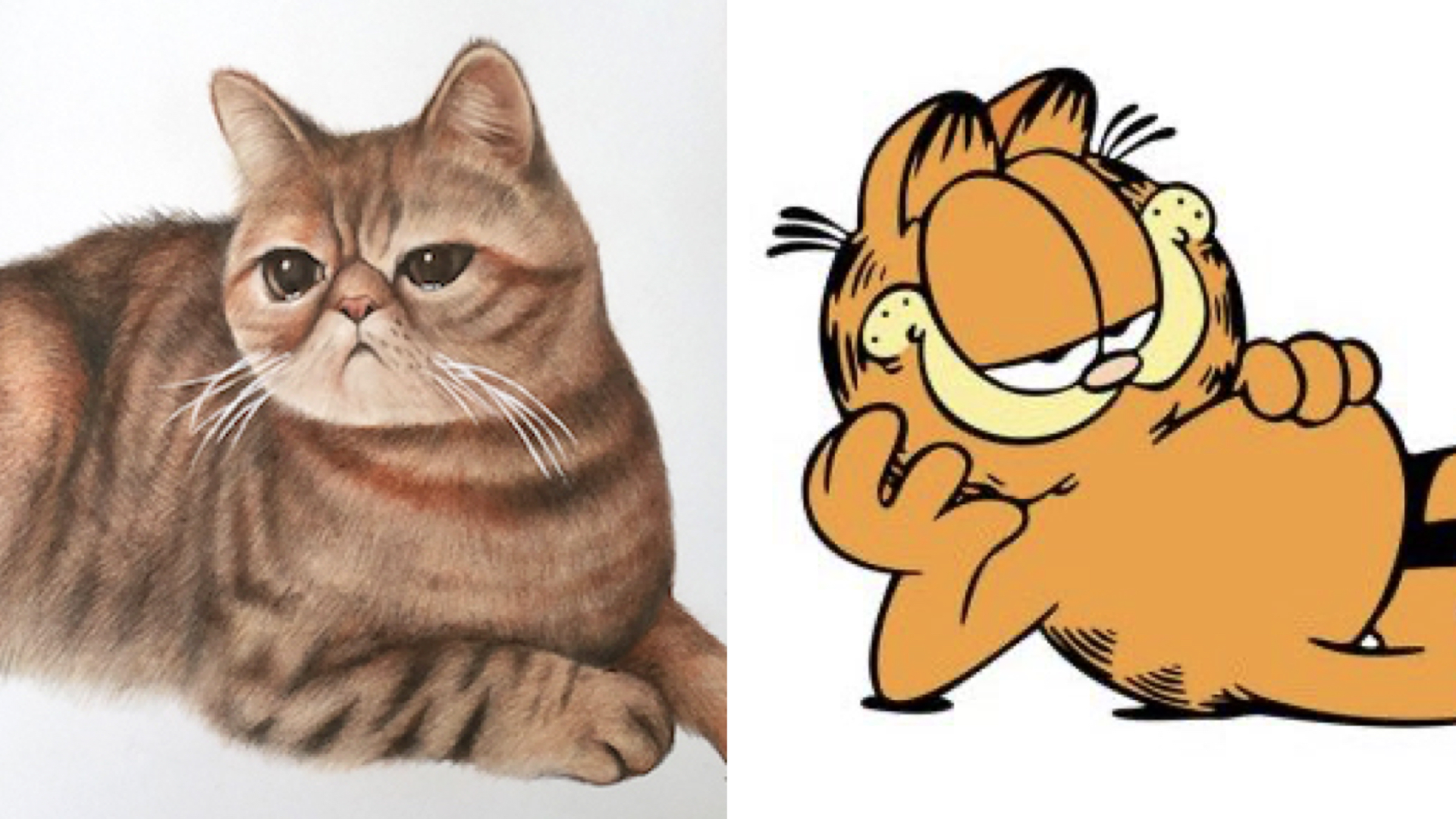| < Back | Live Recording | Characteristics | Next > |
| Live Recording < Back |
Characteristics Next > |
Every engineer leaves their mark on a recording to a greater or lesser extent. This is achieved through their particular choices of equipment, recording space, positioning of both musicians and microphones, sound processing, and mixing techniques. Some believe that the best engineers “stay out of the way”. These people generally favor more “accurate” recordings that aim to present the original sound as it might be heard in person. Others prefer recordings where the engineer “colors” the recording more. In these cases, the engineer aims to alter the original sound in some favorable way and consequently makes their presence in the process more “heard”.
There is an appropriate analogy in the visual arts. One could paint a picture of a cat with the intention to make it look as lifelike as possible, or they could draw Garfield. Another useful comparison might contrast a realist painter like Jacques-Louis David and an impressionist like Monet. Surely there is a time and place for techniques that emphasize either accuracy or color, and although Rudy Van Gelder’s sound evolved over time, it usually embodied a unique mixture of both approaches. Quite often, elements of the Van Gelder mix that sound thrillingly realistic can be heard alongside more caricatured versions of others.
While Van Gelder aimed to craft his sound in a way that would allow his clients to compete with major record labels, he also made numerous choices that set it apart. Collectively, those choices have made it easy for jazz fans to identify his recordings by ear, so easy that the endearing phrase “the Van Gelder Sound” was born. To this day, Van Gelder is perhaps the most well-known example of an engineer in any genre whose sound has earned such a flattering title.
| < Back | Live Recording | Characteristics | Next > |
| Live Recording < Back |
Characteristics Next > |
